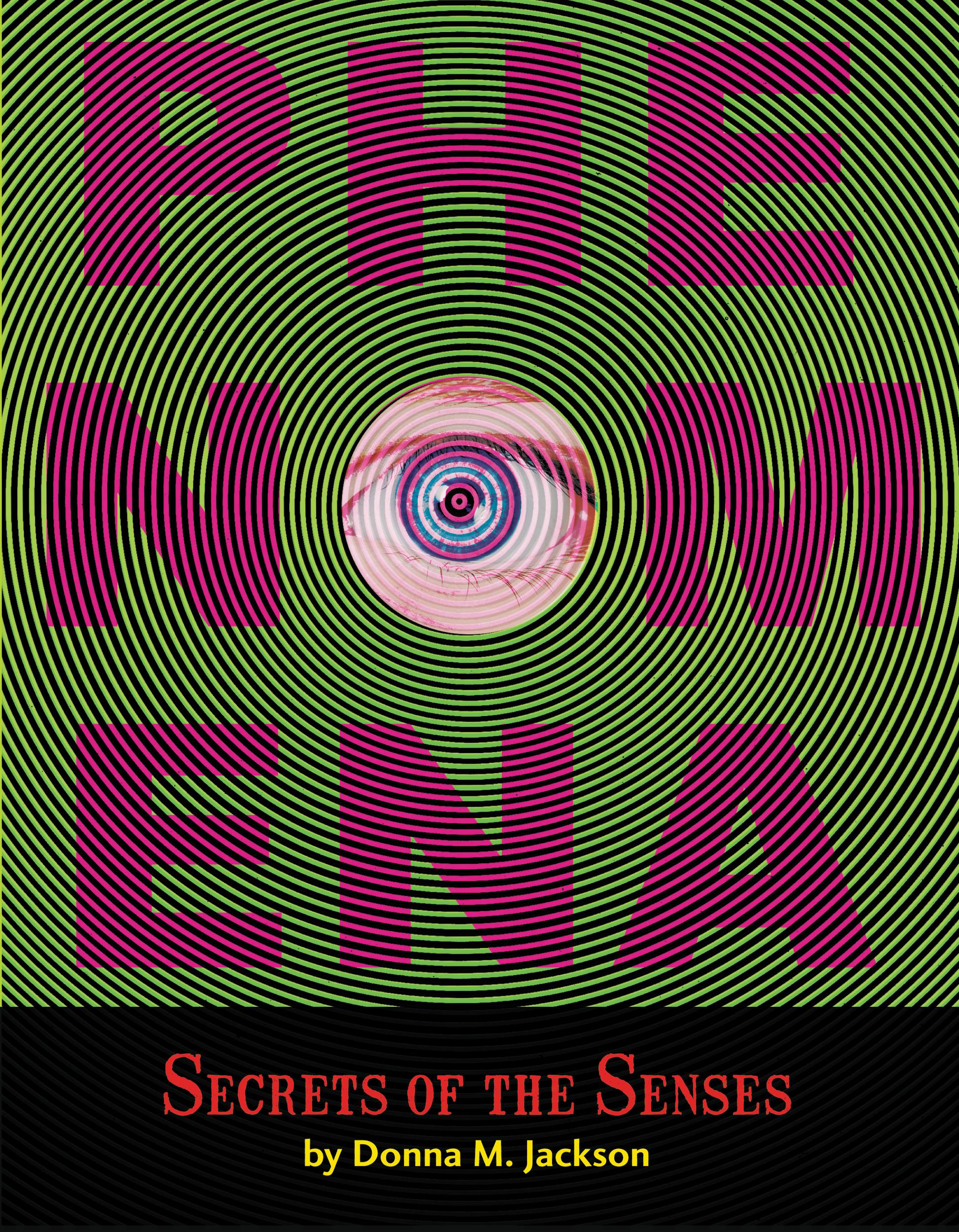By clicking “Accept,” you agree to the use of cookies and similar technologies on your device as set forth in our Cookie Policy and our Privacy Policy. Please note that certain cookies are essential for this website to function properly and do not require user consent to be deployed.
Phenomena: Secrets of the Senses
Contributors
Formats and Prices
Price
$9.99Price
$12.99 CADFormat
Format:
ebook $9.99 $12.99 CADThis item is a preorder. Your payment method will be charged immediately, and the product is expected to ship on or around September 1, 2008. This date is subject to change due to shipping delays beyond our control.
Also available from:
What makes us have chills when we go to a haunted house?
Can dogs detect cancer?
Your senses send your brain messages. But what do those messages say? Find out how to interpret your senses and explore ways that technology is changing the way we experience the world around us.
- On Sale
- Sep 1, 2008
- Page Count
- 192 pages
- Publisher
- Little, Brown Books for Young Readers
- ISBN-13
- 9780316039888
Newsletter Signup
By clicking ‘Sign Up,’ I acknowledge that I have read and agree to Hachette Book Group’s Privacy Policy and Terms of Use







